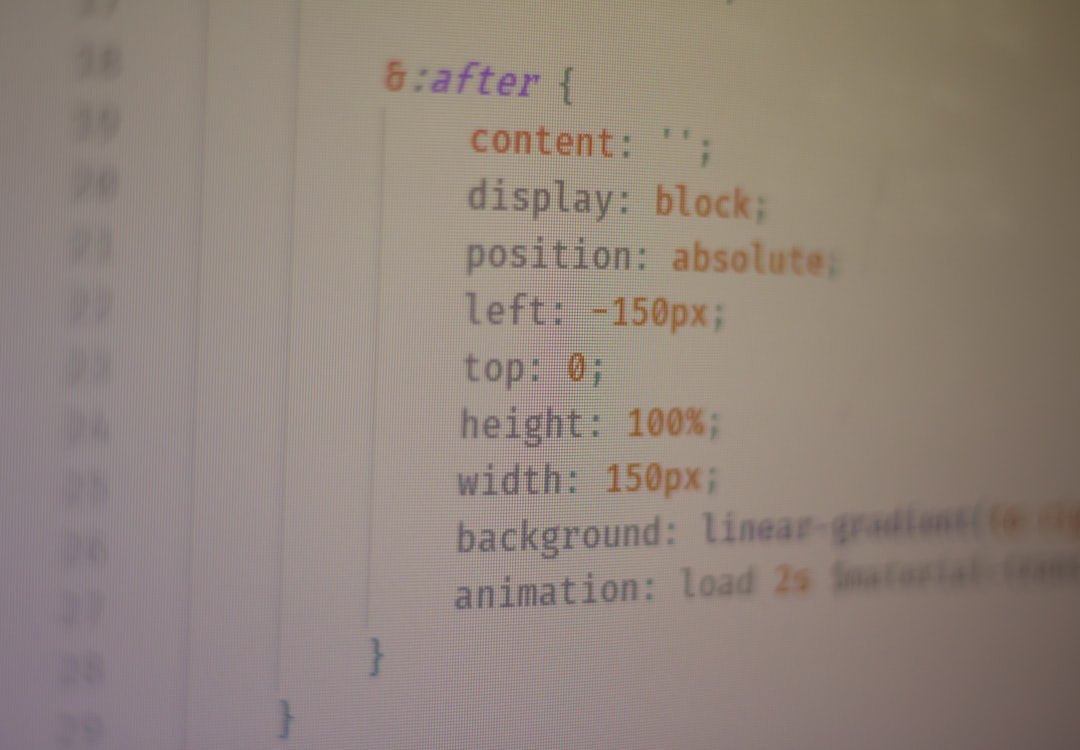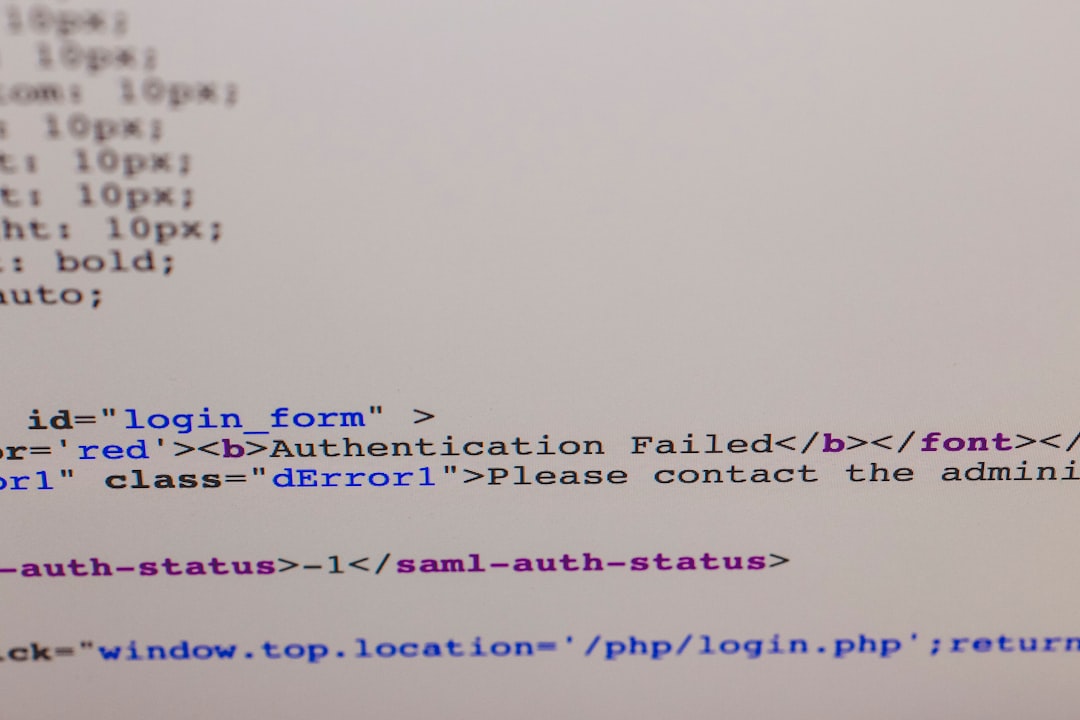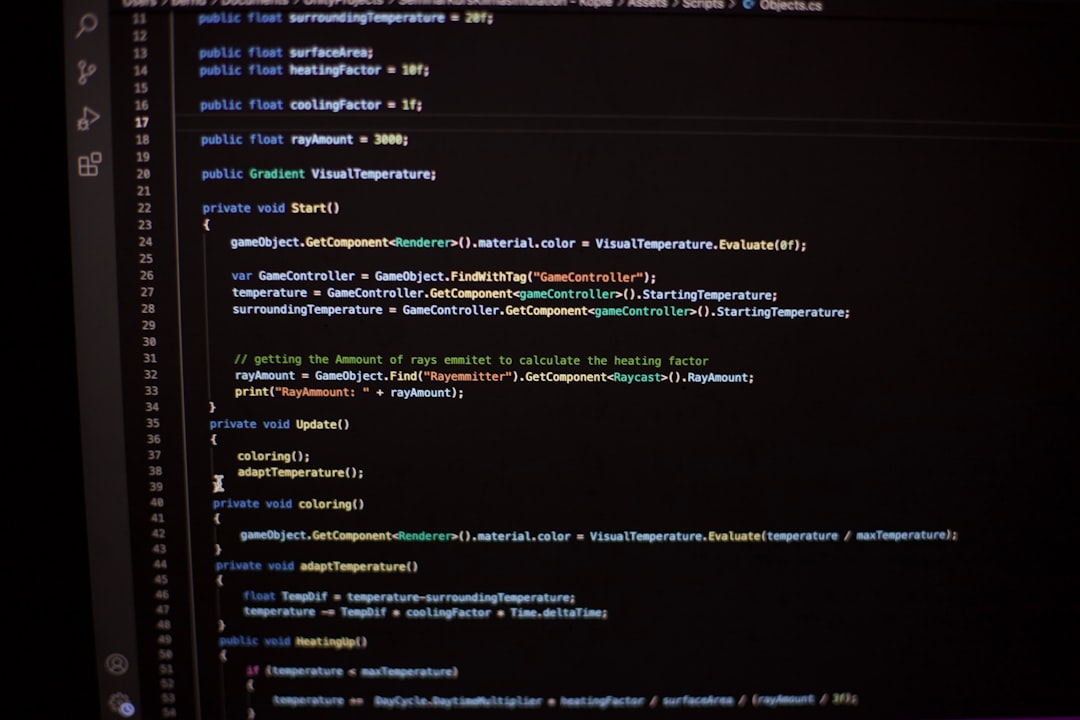In the world of computing and digital systems, numbers are the language through which machines communicate. While most people are familiar with the decimal (base-10) system — the one we use in everyday life — computers primarily deal with binary (base-2). However, due to the complexity and length of binary numbers, another numeric system is commonly used as a shorthand: the hexadecimal system.
What Is Hexadecimal?
The hexadecimal system, often shortened to hex, is a base-16 numeral system. It is a compact representation of binary data used extensively in computer science and digital electronics. While the decimal system uses ten digits — 0 through 9 — hexadecimal uses sixteen distinct symbols:
- 0, 1, 2, 3, 4, 5, 6, 7, 8, 9 – representing values zero to nine
- A, B, C, D, E, F – representing values ten to fifteen
So, in hexadecimal, the number after 9 is not 10, as in decimal, but A. Here’s a quick breakdown:
- A = 10
- B = 11
- C = 12
- D = 13
- E = 14
- F = 15
After F, the next number is written as 10, which represents 16 in decimal.
Why Hexadecimal Is Important
Computers operate using binary — sequences of 0s and 1s — because it’s the simplest way for electronic systems to represent data (on and off states). However, writing binary numbers is lengthy and error-prone. Hexadecimal, being base-16, allows us to represent each group of four binary digits (called a nibble) with a single hex digit.
For example:
- Binary: 1111 1111
- Hexadecimal: FF
This increases readability and reduces errors in documentation, programming, and debugging.

How Hexadecimal Works With Binary
Since 2⁴ = 16, each hexadecimal digit corresponds exactly to four binary digits. Let’s look at a few examples:
| Hex | Binary | Decimal |
|---|---|---|
| 1 | 0001 | 1 |
| 9 | 1001 | 9 |
| A | 1010 | 10 |
| F | 1111 | 15 |
So a larger binary number like 1101 0110 becomes D6 in hexadecimal. This direct mapping makes hexadecimal a perfect fit for low-level programming and computer architecture.
Common Uses of Hexadecimal
Hexadecimal numbers appear in various places in computing and digital systems. Some of the most common include:
- Memory Addresses: Operating systems and programs often use hex to display memory addresses.
- Color Codes in Web Design: Hex codes are used to define colors in HTML/CSS, like #FF0000 for red or #00FF00 for green.
- Machine Code and Assembly Language: Low-level languages frequently use hexadecimal for representing instructions and data.
- Data Debugging Tools: Hex editors and debuggers often display files and memory content in hexadecimal format.

Converting Between Number Systems
Binary to Hexadecimal
To convert binary to hex, group the binary digits into nibbles (four digits), starting from the right. Then convert each nibble into its hex equivalent. For example:
- Binary: 10101100
- Split: 1010 and 1100
- Convert: 1010 = A, 1100 = C
- Result: AC
Hexadecimal to Binary
To convert hex to binary, convert each digit into its 4-bit binary equivalent:
- Hex: 3F
- 3 = 0011, F = 1111
- Binary result: 00111111
Hexadecimal to Decimal
To convert hex to decimal, multiply each digit by 16 raised to the power of its position, counting from right to left starting at 0. For example, the hex number 2A:
2 × 161 = 32
A (which is 10) × 160 = 10
Total = 42 in decimal
Decimal to Hexadecimal
To convert decimal to hex, divide the number by 16 repeatedly, keeping track of the remainders. Read the remainders from bottom to top. For example:
Convert 156 to hex:
- 156 ÷ 16 = 9 remainder 12 (C)
- 9 ÷ 16 = 0 remainder 9
- Result: 9C
Hexadecimal Prefixes
Since hexadecimal numbers can look like decimal ones, they are often given a prefix to indicate their base. Common conventions include:
- 0x (e.g., 0xFF) – C, C++, JavaScript, etc.
- $ (e.g., $FF) – Some assembly languages and older systems
- h (e.g., FFh) – Intel assembly notation
These prefixes help programmers and systems interpret the number correctly.
Advantages of Using Hexadecimal
Here are some primary benefits that make hexadecimal practical and widely-used:
- Compactness: Fewer characters are needed to represent large numbers compared to binary.
- Readability: Easier for humans to read and understand than strings of binary digits.
- Precision: Direct correlation with binary bits allows precise control over data and memory.
- Standardization: Widely adopted in debugging tools, hardware specifications, and communication protocols.
Real-World Examples
HTML Color Codes
In web design, colors are often defined using hexadecimal. For instance:
- #FFFFFF – White
- #000000 – Black
- #FF5733 – A custom orange/yellow shade
Each pair in the six-digit code corresponds to Red, Green, and Blue values in hex format ranging from 00 to FF.
Memory Addresses
In system programming, you might encounter memory addresses such as:
- 0x7FFDE13C
- 0x00000000</




